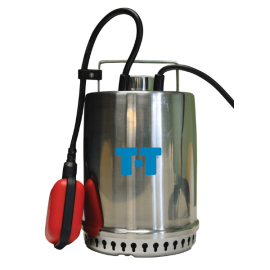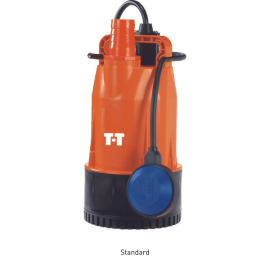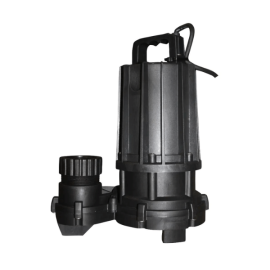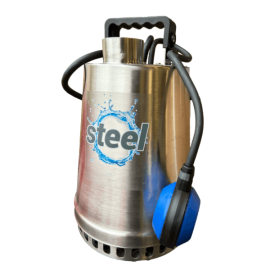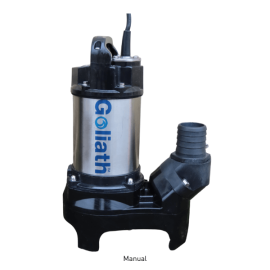Sump Pumps and Cellar Drainers
Our range of sump pumps and cellar pumps are designed, engineered and manufactured to give the user a durable and long-life product that is fully repairable and, as always, an excellent investment. All submersible pumps supplied by us are rated to IP68 and use a mechanical seal for superior motor protection.

